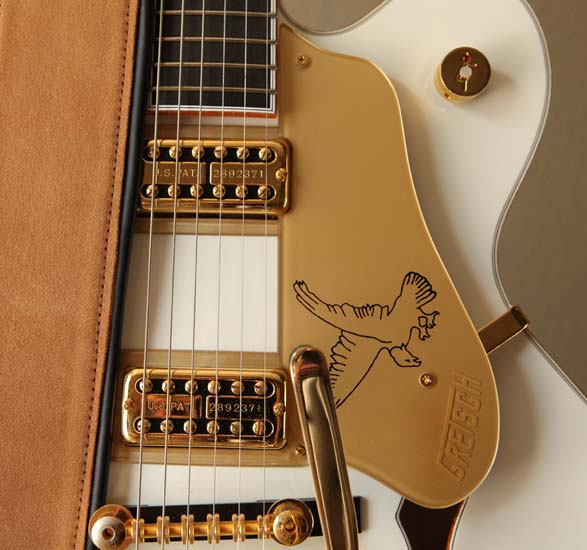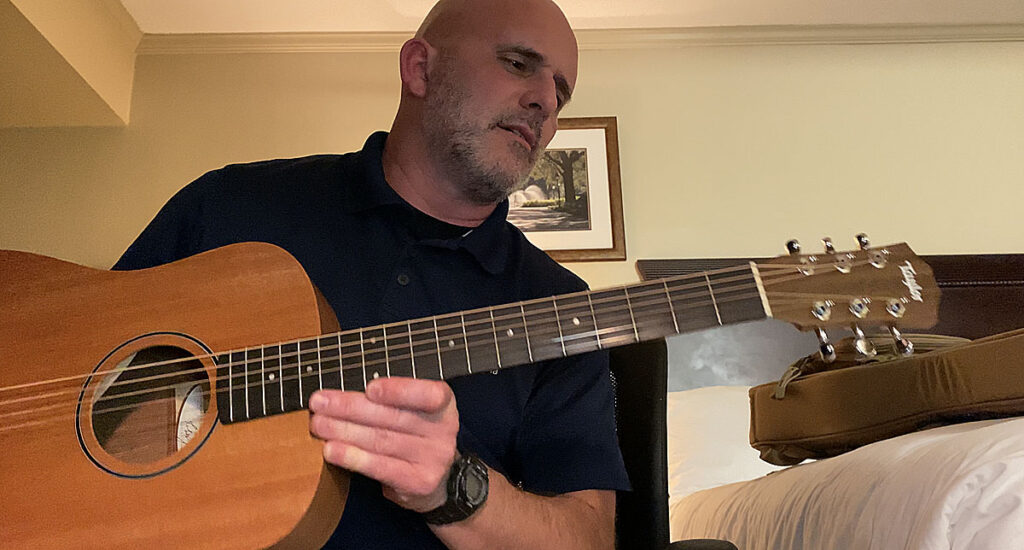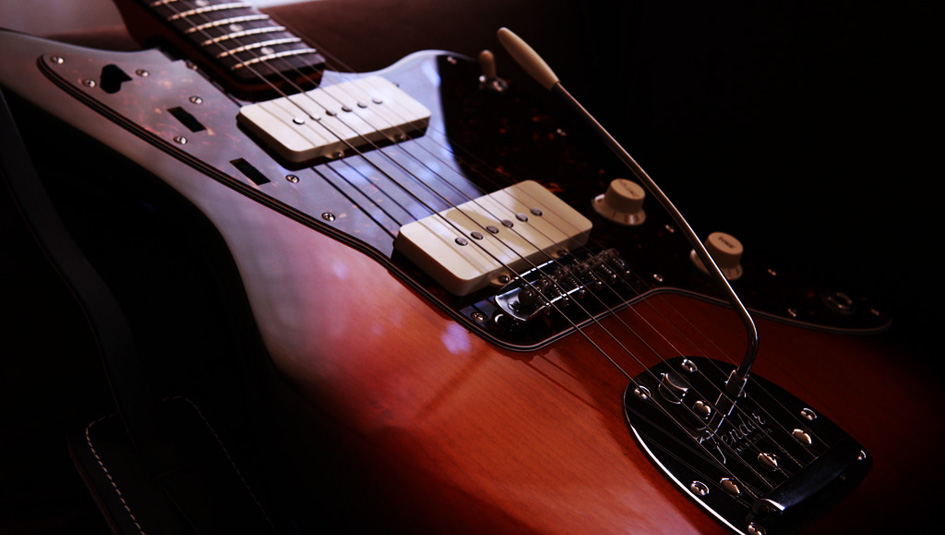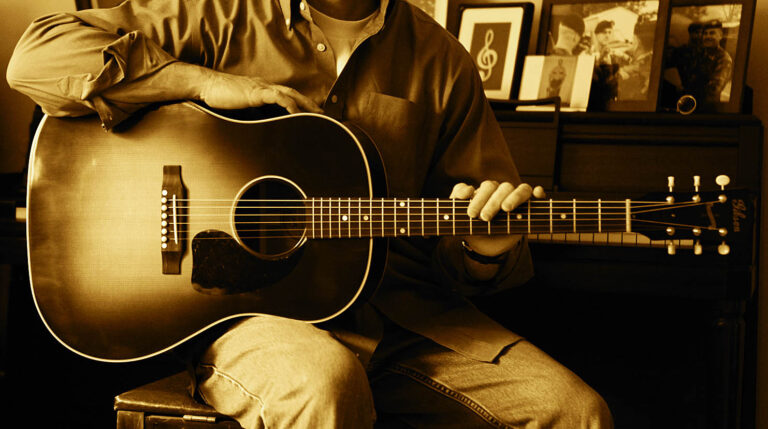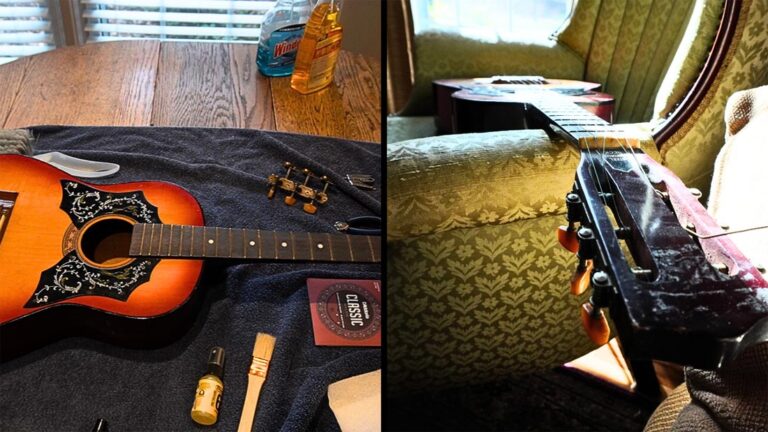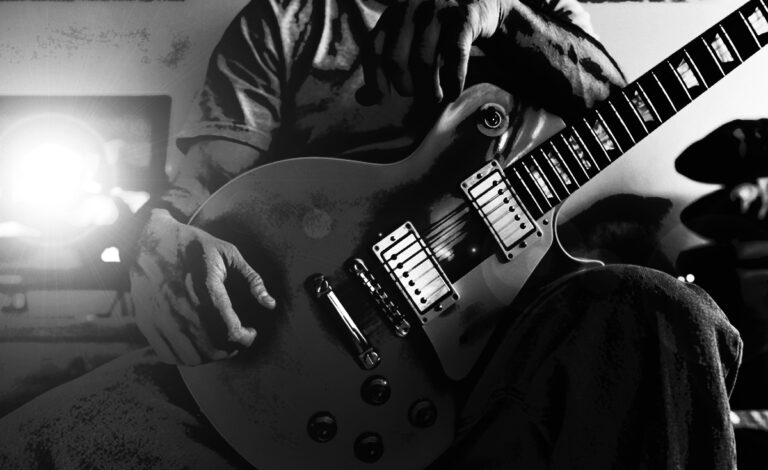Does it matter which country your guitar was made in?
Bottom line… Of course not!…
The first guitar I ever really learned to play on was a Fender Squire, made in Japan. I loved it, but for some incredibly “less-than-intelligent” reason, I got rid of it. I used it and another guitar as a trade-in for (what I thought) was a better guitar.
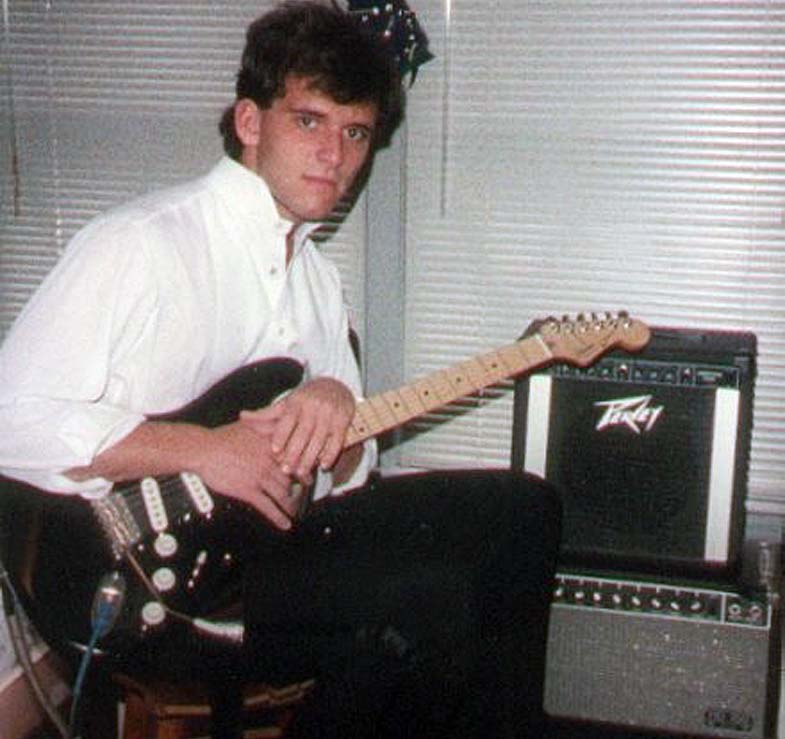
Technically, it was a better guitar. It was a Paul Reed Smith (PRS) McCarty; however, I should have been more patient instead of giving up a piece of my musical history.
The guitar “player” will always matter more than the guitar “manufacturer” – hands down, end of discussion (well, at least as far as the up-front answer goes…)…
The pride of owning an “American Guitar”
I was excited by the fact that I could now own an “American-made” “respectable” electric guitar. But I was used to playing the Squire more so than the McCarty, which definitely required some getting used to. It (as some of you know) had a much thicker neck which made me develop a slightly different playing style. I’m referring to it in the past tense (“It had”) because I eventually sold the PRS as well. Luckily, over the years, I’ve managed to keep at least a few in my possession; however, the ones with sentimental value are unfortunately long gone…
Related: “What to expect when learning how to play the guitar.“
Sometimes you may think you’re buying American
One of my later-in-life guitar purchases was a Gretsch White Falcon (G6136TG). I had never really played, or even looked into, Gretsch guitars before; however, I certainly always thought that the higher-end ones were made in the U.S.A. … Well, maybe in $8,000+ range (i.e. Their Custom Shop Guitars), but my $3,500 Falcon is not. It’s made in Japan. Imagine my surprise when I looked on the back of the headstock… I didn’t even think to ask before purchasing.
I just assumed it was made in America. Nothing of course, is wrong with items made in other countries. Most of the items Americans use on a daily basis in life are made elsewhere. So, how can we (I) be upset about imported products… It’s just that, in the past, when it comes to musical instruments, American-made has always been the way to go. For the most part, I still feel that way overall; however, this Gretsch has quickly become one of my favorite guitars. It looks, and more importantly, plays wonderfully! I will never frown upon an instrument not being made in the U.S. ever again …
Another thing to consider about American-made guitars
Exceptional quality American-made guitars will have an “exceptional price tag” as well, in most cases. I also own a Gibson 1956 Gold Top Re-issue (about $1,000 more than the Gretsch) and right out of the box, the Gretsch played and felt much better than the Gibson. Now, I know one’s a semi-hollow body and the other solid; however, I’m just comparing the price versus playability issue.
The Gretsch White Falcon, despite the Bigsby Tremolo, stayed in tune much better than the Gold Top and the action was set pretty much right on (for me anyway). [The Bigsby Tremolo is a wonderful piece of gear, by-the-way, you just have to watch your tuning with any tremelo system.] Now… Does this mean that I will not by $3,000 – $5,000 Gibson’s ever again. Of course not.
Despite the guitar, once setup properly most decent guitars will play and sound much better anyway. Besides, the Gibson 1956 Gold Top Re-issue has a nice deep sound compared to the Gretsch and so will be needed on occasion. It’s like what’s been said millions, upon millions of times: “There’s a guitar for every song…”
American-Made Guitars are NOT the “end-all, be-all” of guitars
I simply want to stress the fact that I (for one) have a great deal more respect for “foreign-made” guitars than I used to, and will not let the manufacturing country be the final deciding factor in my future purchases…
Of course, it would always be best if you could play a guitar before a purchase, and sometimes you’re able to. I certainly hope so if it’ s an expensive one. However, with enough research, and YouTube videos, now-a-days we can tend get a good idea of what a guitar would be like upon purchasing it, without having touched it first.
“Foreign-Made” is ok with me
A more recent acoustic guitar that I purchased to a few people’s recommendation that follow on social media, was an Orangewood Oliver M acoustic guitar made in Indonesia. I think I paid $250-$350 for it, and I think it sounds wonderful (for the price), and the playability is quite nice is well.
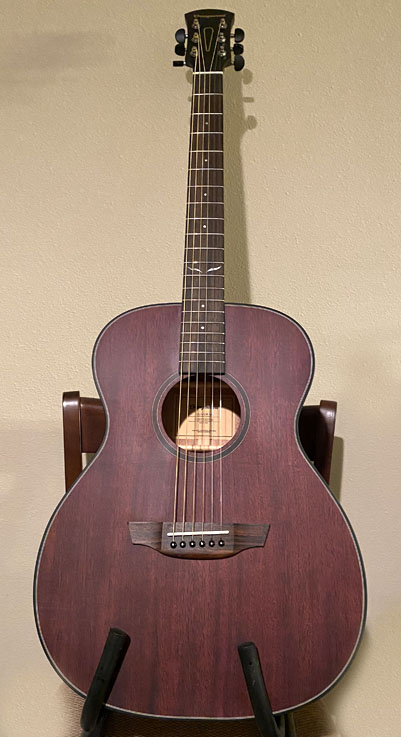
< More Guitar Photos From My Flikr Album >
The action is a little high and the high E string (once tuned up to standard tuning) has acquired a sitar sound to it when played open (I’ll try to get that fixed at some point). But again, for the price, I was amazed at the tone it produced…
In Conclusion
Forget the country aspect of a guitar, and just look at what it has to offer, watch some videos, get your hands on it if you can, then make a decision…
The tone and feel (and your/mine ability to play it) far out-weigh that little extra bit of pride that could be gained in obtaining that coveted “American-Made” guitar…
Not that I’ll never buy American again…. I would love to add a couple of PRS back to the collection (for example)… This article was written simply to point out that, at the end of the day…. country of origin should be low (or, at least, mid-way down) on the list of priorities when purchasing your next guitar, in my humble opinion…
Special Note: The first guitar I ever played was actually some no-name white guitar, that I did love and appreciate… It’s just that I never got to the point of actually understanding what I was playing until after owning and playing the Fender Squire for awhile… The “first” guitar is actually still in the possession of a friend of mine, so I guess I haven’t lost “The First Guitar”… But, the Squire saw much more stage time and had a great deal of learning history attached to it…
Until Next Time!

